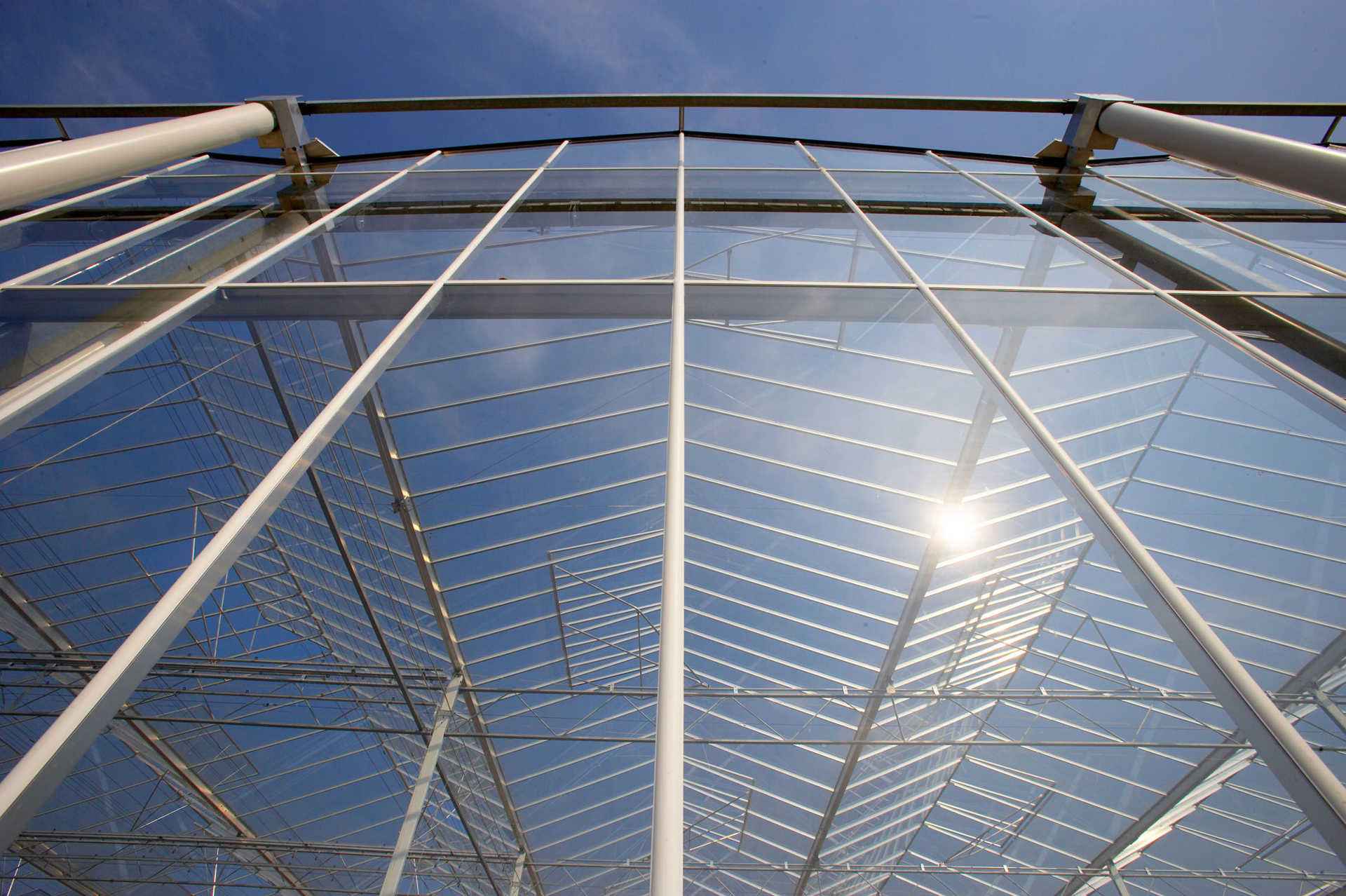Energy screens are movable or fixed greenhouse barriers that reduce heat loss, control light transmission, and shape the microclimate. They vary in longwave transmission and porosity and are used to cut heating demand and manage humidity.
Energy screens are materials or assemblies installed within a greenhouse envelope that can be operated dynamically or held fixed to modulate infrared radiation, daylight, and air movement around the crop. Their performance is defined by longwave transmission or reflectivity, pore size and moisture permeability, and the effective U-value or percent energy saving under specific weather and crop conditions. They influence climate control by reducing radiative heat loss at night, limiting daytime solar gain, and shaping dew formation and humidity within the canopy; their benefits depend on screening strategy, insulation level, screen composition, and supplemental ventilation. Synonyms and abbreviations: energy saving screens,thermal screens,night screens,day screens,shading screens,black-out screens,aluminized screens,transparent day screens.
Energy screens matter operationally because greenhouse climates are defined by the balance of heat, light, and humidity, and screens are a primary tool to tune that balance without constant venting. They reduce heat loss at night by lowering longwave radiation exchange with the sky and roof, while daytime use can lower peak radiant gains and help stabilize canopy temperatures when outside conditions are extreme. The material and porosity of the screen determine longwave reflectivity, moisture permeability, and the effective insulative performance, which in turn affect dew formation, condensation risk on the roof, and the potential for crop spotting when screens are opened during cool mornings. In practice, success depends on integrated control: screen position is coordinated with HVAC, ventilation, and
dehumidification to maintain target air temperature and vapor pressure deficit without sacrificing crop light or uniformity. What growers measure matters: temperature above and below the screen, canopy and roof RH, absolute humidity, heat flux through the roof, and screen-hours of use; these data feed psychrometric analyses and setpoint-based or algorithmic controls that optimize energy use while protecting yields. The operational economics hinge on trade-offs between energy savings and light transmission, crop response to altered PAR and canopy radiation balance, and the risk of condensation or disease under closed conditions; in humid regions,
dehumidification and external air distribution become essential when screens are closed, whereas in arid regions the focus shifts to conserving moisture and maintaining adequate humidity for transpiration and nutrient uptake. The result is a dynamic, sensor-guided practice where multi-layer strategies, staged opening, and weather-adaptive schedules are implemented to maximize energy efficiency, crop quality, and system reliability.
Examples: In a cool-season lettuce house, a night insulating aluminized screen is fully closed after sunset to minimize radiant losses and heat the building efficiently, with an exhaust fan and a dehumidifier running to prevent condensation; in a hot summer tomato greenhouse, a porous day screen is deployed during peak solar hours to lower PAR and heat load while still allowing some daylight; in a high-density cucumber operation, a two-layer system uses an outer low longwave transmission screen and an inner translucent day screen with staged opening to balance morning heating and afternoon cooling; for photoperiod-sensitive crops like lettuce, blackout screens with very low light transmission are commanded during daylength treatments, while external ventilation is maintained to prevent disease and ensure stable humidity.
Relevance: Energy screens are central to greenhouse psychrometrics and climate control logic because they modify inputs to the vapor pressure deficit, dew point, and
enthalpy of interior air, shaping both energy performance and crop response. They interact with setpoints and algorithms that govern temperature, humidity, and CO2 where applicable, and require weather data and energy pricing to maximize savings without compromising light or plant development. The impact on transpiration, photosynthesis, and growth depends on screen state and timing, which means the control strategy must consider crop stage, light requirements, and disease risk. Condensation risk rises when screens stay closed during cool periods with high humidity, while extended open periods can raise canopy temperatures and reduce leaf water use efficiency; thus, the trade-offs are crop-specific and climate-specific. Successful implementation depends on accurate psychrometric analysis, reliable sensor networks, and validated control logic that can adapt to seasonal variability; this includes staged opening, multi-layer screening, and weather-adaptive schedules. Sources — Books: Greenhouse Climate Control — Th. H. Gieling & K. Schurer; Technical developments in thermal screening systems — Meinders, H.; Vahl, H.W.; Middendorp, C.A.J. Sources — Online: https://extension.psu.edu/psychrometric-chart-use; https://ceac.arizona.edu/sites/default/files/asae_-_heating_ventilating_and_cooling_greenhouses.pdf; https://msu-prod.dotcmscloud.com/floriculture/uploads/files/Section%20_3.pdf.
